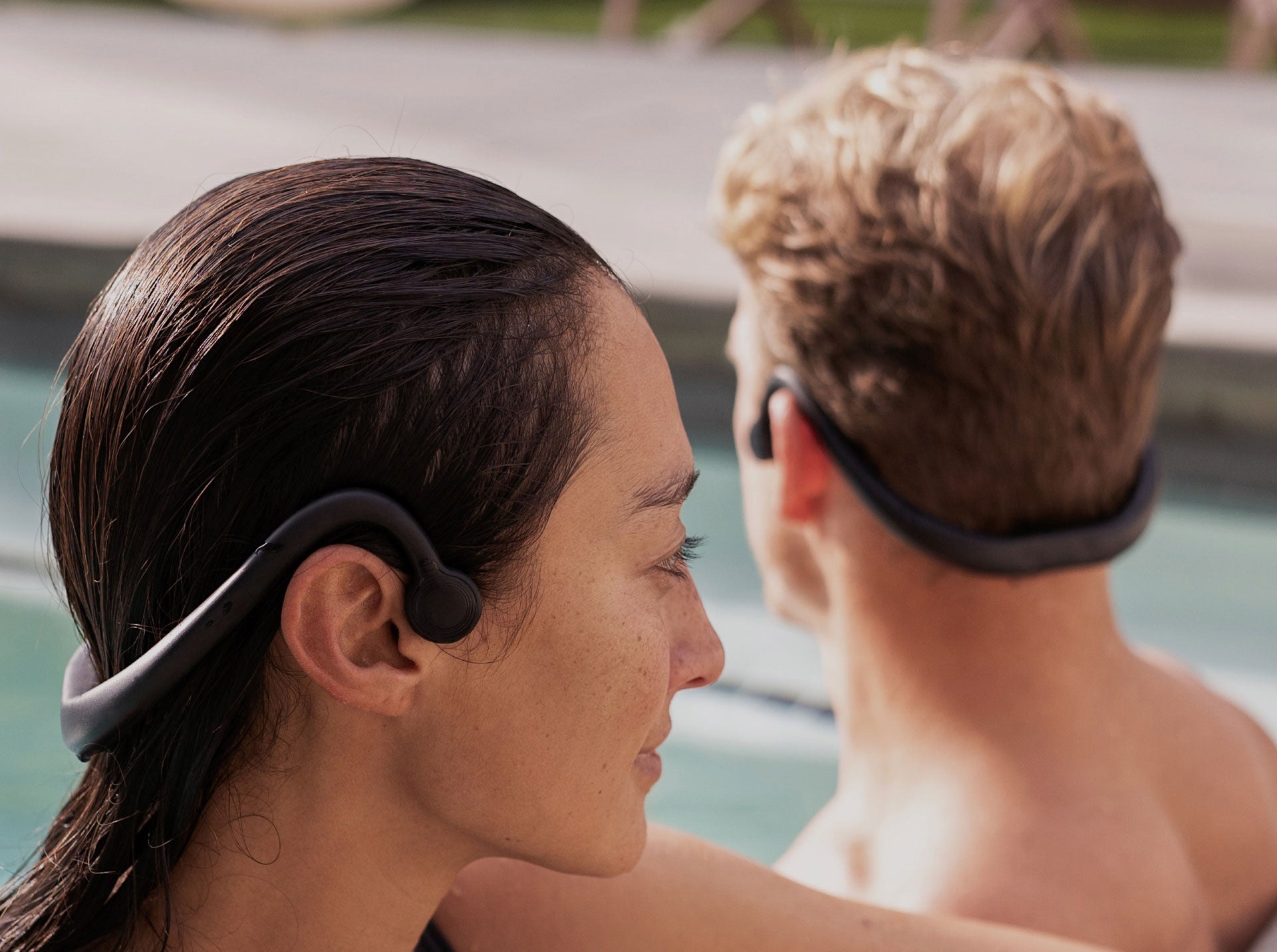Why Swimming is Such a Good Workout
For the swimmer’s body, swimming makes for an excellent workout, with nearly as many calories burnt as during an hour of running - but minus the consistent shocks to the body and skeletal system that are a part of running. Here’s the lowdown on what makes lap swimming such a good all-around workout for so many people:
SWIMMING DOES WONDERS FOR YOUR WELLBEING
A 30-minute swimming workout just three times a week - along with a healthy diet and lifestyle - not only keeps you healthy (as we’ll see), it also improves your sense of wellbeing. It can bring a positive mental outlook, which is the first building block of improving your life, your health, or your happiness.
CALORIES DESTROYED
Far outpacing other low-impact workout like yoga or a run on an elliptical machine, a person weighing 160 pounds and swimming at a medium pace burns over 400 calories an hour, and that number can rise to over 700 per hour if that same swimmer picks up his speed. Compared to a person walking for their low-impact workout and burning just over 300 calories an hour at an average pace, it’s clear to see that swimming offers a major advantage in terms of sheer calorie loss.
STRESS MANAGED, SLEEP IMPROVED, AND MOOD ELEVATED
Swimming burns that excess energy. For a recent survey in Taiwan, of 44 people who reported that the fast pace of modern life had been making them stressed out and depressed, 36 admitted to feeling much less burned out and anxious after swimming.
Researchers have found that participating in a three month swimming program helped elevate the mood of a group of older people suffering from mild to moderate dementia. Swimming, which retains an element of fun and sensory refreshment, is a perfect exercise to brighten the mood of anyone, from those having a bad week to those with more serious issues.
And for those among the 50% of older adults who have trouble falling or staying asleep thanks to insomnia, it’s worth noting that many stuck with restless nights found that swimming lessened that issue and brought them better sleep.
SWIM WORKOUTS SERVICE THE WHOLE BODY, INSIDE AND OUT
Various swimming strokes can cover everything. The breaststroke and the backstroke, to name two, focus on entirely different sets of muscles. Collectively, a swimming regimen can safely increase your heart rate, build your strength and endurance, and add muscle. And any single stroke you do activates most of the muscles in your body.
The same tune-up goes on during swimming on the inside the swimmers body, with the cardiovascular system - the lungs and heart - benefitting immensely. Swimming also may have a positive effect on controlling blood pressure and blood sugar issues.
A GREAT WORKOUT FOR PEOPLE WITH CONDITIONS THAT PROHIBIT MORE JARRING ACTIVITY
People suffering from an injury or from conditions like arthritis may find that swimming - with a doctor’s approval - actually reduces pain and other physical limitations. Researchers discovered that joint pain and stiffness was reported to be greatly reduced in people suffering from osteoarthritis.
Beyond that, the humidity of indoor pools can be beneficial to asthma sufferers, and those struggling with multiple sclerosis reported that the gentle resistance of water exercise resulted in less pain, fatigue, and depression.
KIDS NEED EXERCISE, TOO
Even better than making grown-ups feel light as the breeze and young again, swimming can be a joyful experience for kids, who need about 60 minutes of aerobic exercise a day to stay healthy. A frolic in the pool can have major benefits to kids who might otherwise not be any more drawn to exercise than they are to broccoli and kale.
FOR THOSE COUNTING PENNIES, IT CAN BE LESS EXPENSIVE THAN A GYM MEMBERSHIP
If you can’t afford or aren’t interested in a gym membership, remember that many pools can be accessed via public schools and other locations that offer free swimming hours. Those public works pools may also offer a sliding scale to those who need it.



